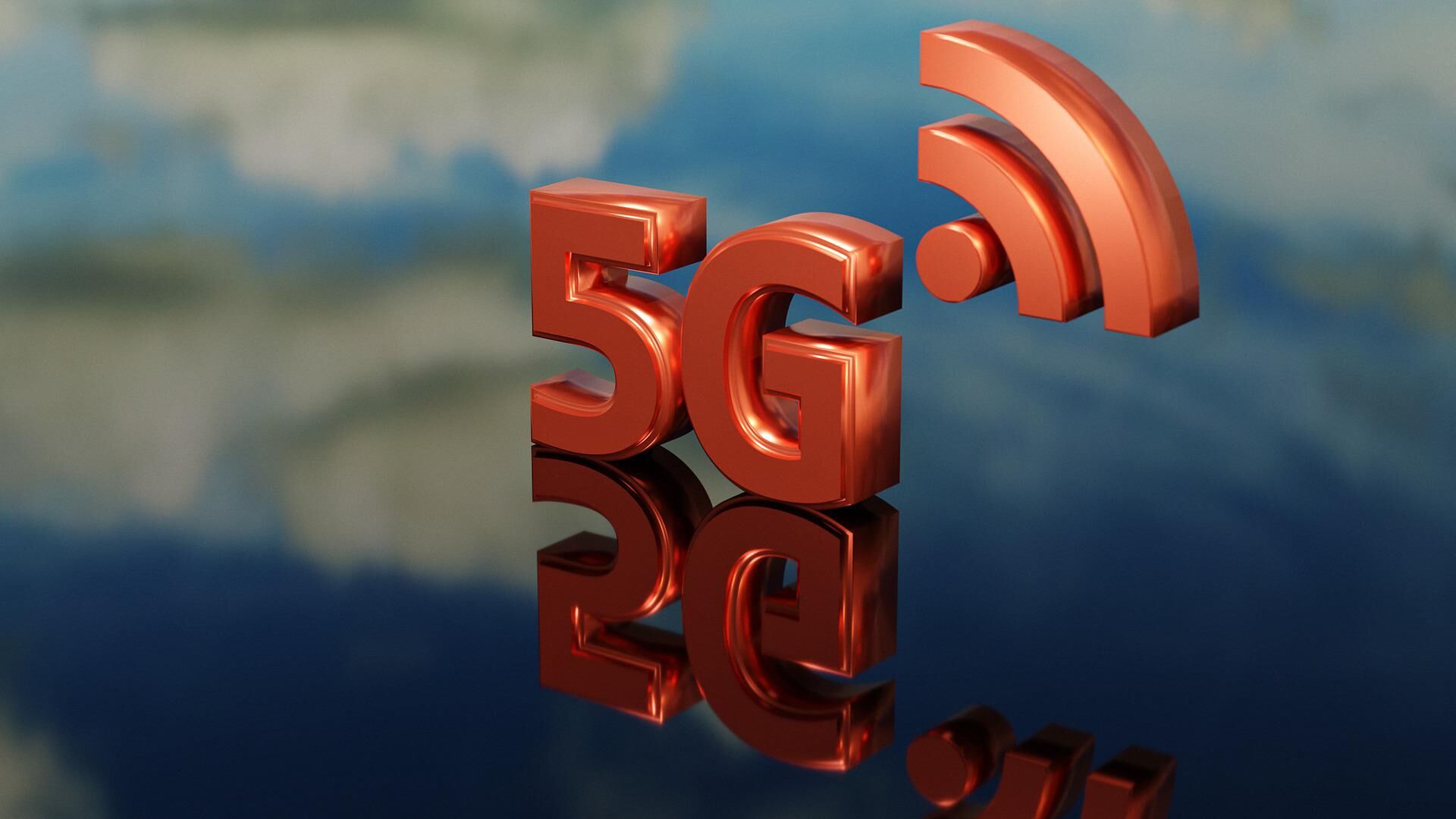A big leap forward

The recently concluded auction of 5G telecom spectrum worth Rs 1.5 lakh crore is indeed an improvement over the previous auctions in 2021 and 2016. In the recent auction, from the overall spectrum worth Rs 4,31,605 crore, Rs 1,50,173 crore got realised — amounting to about 34 per cent. Comparatively, in the 2021 4G auctions, merely 20 per cent of the overall Rs 3,90,000 worth spectrum was realised. The government had put 10 spectrum bands for auction — sub-GHz bands of 600, 700, 800 and 900 MHz; mid-bands of 1,800, 2,100, 2,300, 2,500 and 3,300 MHz; and high bands of 26 GHz. This amounted to a total of 72 GHz. The outcome of the spectrum can be viewed through a threefold lens — from the perspectives of the auctioneer, the bidders and the consumers. The 5G spectrum auction has not just helped the government mop up enhanced revenues, it has also opened up vast avenues for the successful bidders, which will eventually transform user experience in certain fields and help bring altogether new sectors in existence. Among the bidders, Reliance Jio is deservingly being touted as a clear winner. The company's decision to invest Rs 88,078 crore to acquire 24,740 MHz of 5G spectrum — including the most lucrative 700 MHz band — may give it an extra edge over the nearest rival Bharti Airtel. Reliance Jio is already the undisputed leader among Indian telecom companies. Simple physics says that the low-frequency 700 MHz band will have larger wavelengths, enabling the network to cover greater distances. Besides facilitating wireless networks and enabling indoor penetration in dense geographies, the hitherto unsold band is also expected to provide a speed of 300 Mbps. Number of prominent bidders had dipped this time around to three, and it was widely speculated that the entry of Adani Groups in the auction process will lead to some tighter competition. However, as things turned out, the new entrant had its separate goal. The group successfully bade for the high-frequency 2.6 GHz band that would aid its industrial and commercial interests. The high-frequency band has lower propensity for distance and can only be used for localised set-ups. However, it is learnt to potentially offer a high speed of 1 Gbps. Adani Group is no competition to Reliance when it comes to the 5G spectrum auction. Among the telecom companies, cash-strapped Vodafone-Idea was also nowhere near. With Bharati Airtel holding a somewhat feeble competition, is the Indian telecom industry, in the new 5G age, heading towards a monopoly of sorts? The speed with which the Indian telecom industry has shrunk is indeed worrying. One was hopeful that India's advent into the new realm of 5G would be more diverse. For that, we may have to wait for further rounds of auction. From consumers' point of view, spectrum auctions up to 4G were more about making seamless video calls, streaming live videos, sending instant messages and immersive gaming. It is difficult to imagine what improvements the 5G network can bring to these areas which already seem to have more or less saturated levels of improvement. There is no doubt that 5G will enhance user experience in these areas, but it has greater relevance in exploring new avenues like e-health, automatic and integrated vehicles, metaverse, high-definition gaming and many other things that only time will tell. The next important thing will be the pricing of data packs. In most of the countries that have rolled out 5G networks, the charges for 5G data are only slightly higher than the 4G data. Based on this fact, it can be hoped that prices in India will also remain affordable for most people. More details will come around as the allocation proceeds further. Then it is up to the telecom companies when and in what manner they will roll the services out. The groundwork is now done and India is all set to make a big and transformative leap forward.



